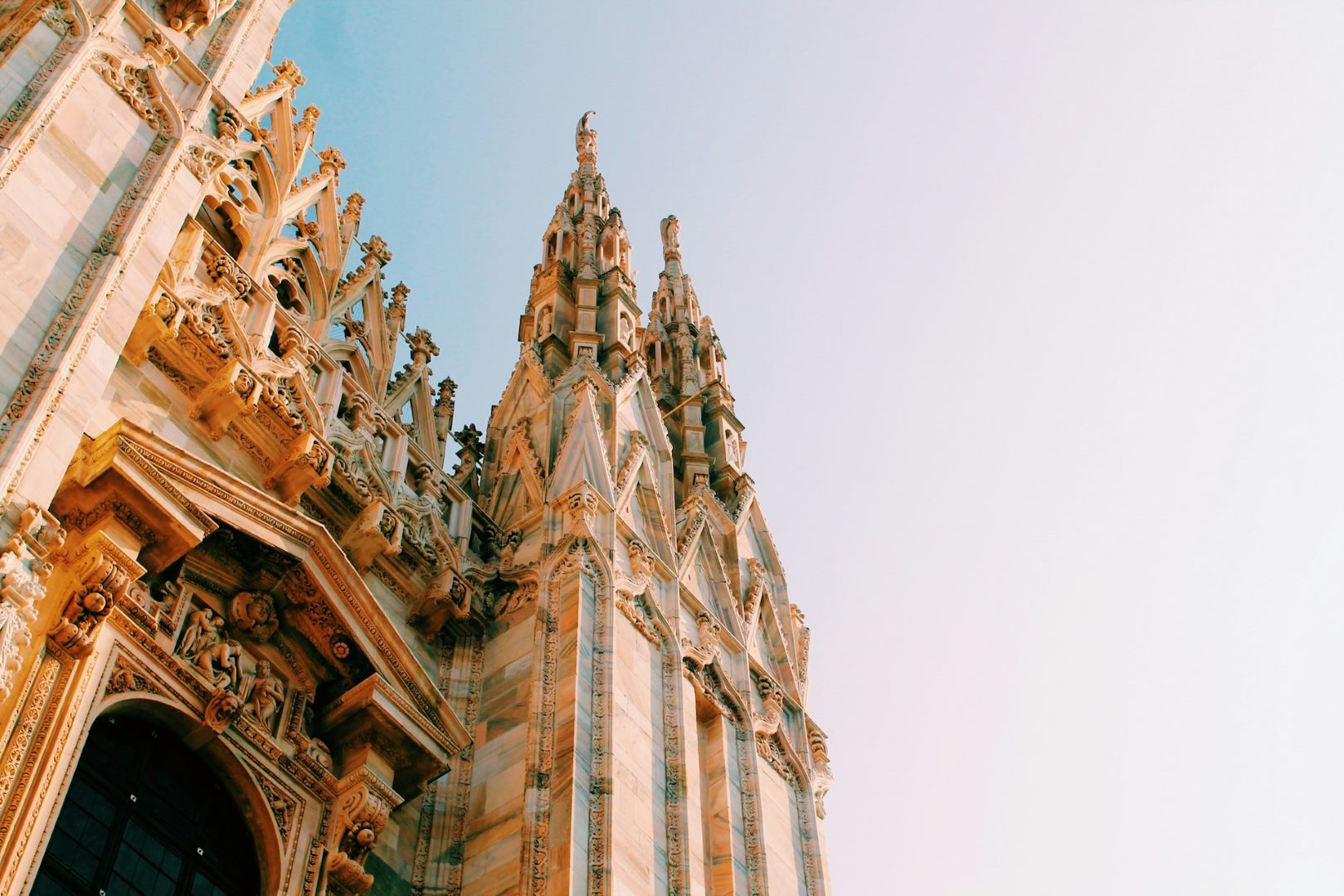Basilica churches, with their towering grandeur and historical significance, stand as architectural wonders that have shaped the landscape of Christianity for centuries. Delve into the world of these sacred structures to discover their captivating features, rich symbolism, and enduring legacy.
A Journey Through History: The Evolution of Basilica Churches
The term “basilica” originates from the Greek word “basilike”, meaning “royal hall”. Initially, basilicas served as public buildings in ancient Rome, used for administration, law courts, and commerce. However, in the early Christian era, they were adapted for religious purposes, becoming the primary places of worship for the early Christian community.
Over time, the basilica form evolved, incorporating elements from Roman architecture and Christian symbolism. By the 4th century, the classic basilica design emerged, characterized by its:
- Rectangular shape
- Nave divided by rows of columns or pillars (the arcades)
- Elevated central aisle (the nave)
- Lower side aisles
- Apsis at the east end, housing the altar and sanctuary
Architectural Features of a Basilica Church
Nave and Arcades
The nave, the central and widest part of the basilica, is flanked by arcades, which support the upper walls and roof. The arcades create a sense of grandeur and spaciousness, drawing the eye towards the altar at the far end.
Apse
The apse, a semicircular or polygonal recess at the east end of the basilica, is the symbolic focus of the church. It houses the altar, where the Eucharist is celebrated, and is often adorned with elaborate mosaics or frescoes depicting biblical scenes and saints.
Transepts
Transepts, perpendicular arms extending from the nave, form the cross-shaped plan of many basilicas. They increase the building’s capacity and emphasize the importance of the altar.
Triforium and Clerestory
Above the arcades, there may be a triforium, a narrow passage or gallery, and a clerestory, a row of windows that illuminate the nave. These features add verticality and an ethereal quality to the space.
Symbolism and Liturgical Function
Beyond their architectural splendor, basilica churches are imbued with profound symbolism and liturgical significance:
Nave: The Journey of Faith
The nave symbolizes the path of the faithful through life, leading them towards the sanctuary and communion with God.
Apse: The Heavenly Realm
The apse represents the heavenly throne of God, where the Eucharist is celebrated as a foretaste of the heavenly banquet.
Transepts: The Arms of Christ
The transepts extend like the arms of Christ, embracing the congregation and uniting them in the worship of God.
Famous Examples of Basilica Churches
Throughout history, numerous basilica churches have been constructed, each with its unique architectural features and historical significance:
- St. Peter’s Basilica, Rome: The largest basilica in the world and the papal cathedral of the Catholic Church, St. Peter’s is renowned for its immense dome and Michelangelo’s “Pietà” sculpture.
- Basilica di San Giovanni in Laterano, Rome: The cathedral of the Diocese of Rome, it is considered the oldest public basilica in the West and holds great historical and liturgical importance.
- Basílica de la Sagrada Família, Barcelona: Gaudí’s unfinished masterpiece, famous for its intricate Gothic Revival architecture, stained glass windows, and soaring towers.
- Notre Dame de Paris, Paris: A Gothic masterpiece known for its flying buttresses, elaborate sculptures, and iconic rose window.
- St. Paul’s Cathedral, London: A landmark of the British capital, known for its neoclassical dome and grand interiors.
Tips for Visiting a Basilica Church
- Dress respectfully: As sacred spaces, basilica churches typically request modest attire.
- Be mindful of noise: Silence and reverence are generally observed, so avoid loud conversations or disruptions.
- Take your time: Basilica churches are filled with artistic treasures and historical details. Allow ample time to explore and appreciate their beauty.
- Attend a service: If possible, participate in a Mass or other liturgical service to experience the spiritual and liturgical significance of the basilica.
- Do some research: Enhance your visit by reading up on the specific basilica you’re visiting to gain insights into its history and architecture.
Conclusion
Basilica churches stand as testaments to the architectural ingenuity and spiritual aspirations of countless generations. Through their majestic designs and profound symbolism, they continue to inspire awe, devotion, and a sense of connection to the divine. Whether you’re an architecture enthusiast, a history buff, or a seeker of spiritual enlightenment, basilica churches offer an unparalleled experience that will leave a lasting impression.



